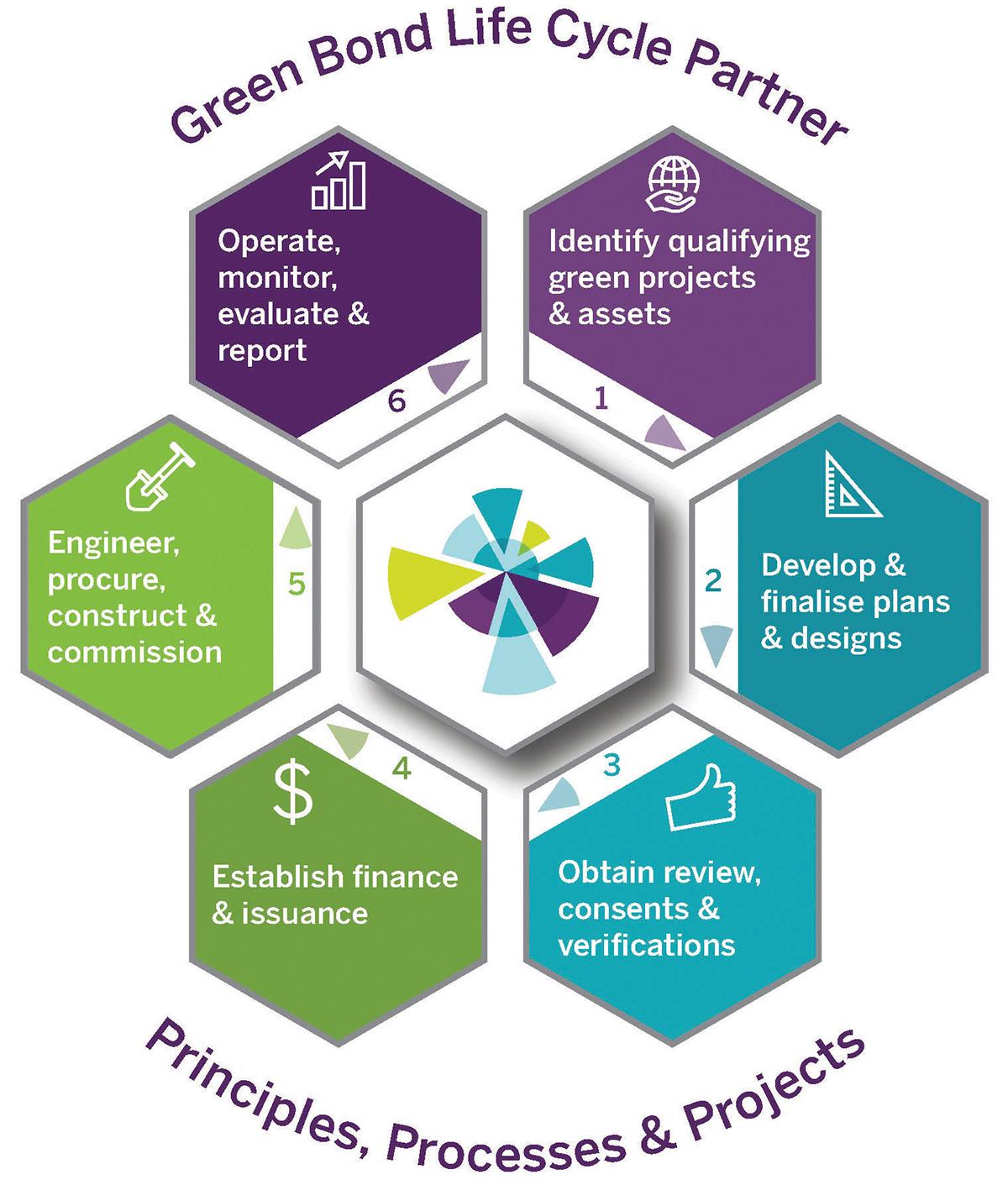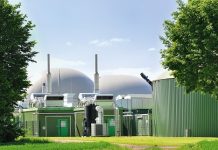The Green Bond Market celebrated its 10th anniversary a few months ago; a major milestone in a rapidly growing well-established market.
Green Bonds raise funds for new and existing projects that have positive environmental and/or climate benefits. They are an important financial instrument in project finance and can be verified and reported upon to sustainably improve the environment and build climate resilience.
The demand for green bonds is increasing exponentially and from the first Green Bond in 2007 issuance has risen to almost $100 billion for 2017 alone and is projected to grow to $1 trillion pa. by 2020. Example categories of eligible green projects include renewable energy, water and wastewater management, energy efficiency, sustainable waste management, sustainable land use, biodiversity, conservation, clean transportation, climate change adaptation and resilience, and eco-efficient products and technologies.
Wood is working with clients and partners in the water sector to enhance assets, projects and resilience through innovative finance and green bonds to address challenges and develop opportunities in water services.
Water-related Green Bond projects focus on promoting more efficient use of water resources and networks, increasing levels of water recycling, energy efficiency and improving water treatment compared to baseline scenarios. Water eligible projects financed by Green Bonds are becoming more relevant as hydrologic cycles change due to increases in temperature and precipitation. Some projects also aim to address water scarcity and pollution at a local or watershed level. Key environmental benefits from water Green Bond projects include:
n Water collection, such as water pipes and facilities to capture rain water
n Construction, operation and maintenance of water treatment facilities
n Water use reduction, such as low-flow equipment and smart metering devices
n Water reuse and recycling
n Water-related energy efficiency, including water efficient fixtures and efficient irrigation
n Investments to deal with rainfall volatility
A recent example of a Green Bond for water issued in the UK is the 2017 £250M Anglian Water project to partially finance the utility’s sustainability strategy1. The Green Bond will mature in August 2025 with a return to investors of 1.625% (annual yield). Anglian Water is using the proceeds to invest in its Eligible Green Portfolio, as defined by Anglian Water Services Financing Green Bond Framework for green bonds, including innovative water abstraction, drought and flood resilience schemes, energy efficiency projects, and progressive water recycling and water resource management projects. The market and independent verifiers have declared the Anglian Green Bond fits in two eligible categories:
n Sustainable water management projects with a reduced climate footprint; and
n Sustainable water recycling projects with a reduced climate footprint.
From the identification of qualifying green projects and assets through to consent, verification, issuance, engineering, construction and reporting on use of proceeds and impacts; the Green Bond Life Cycle service created by Wood includes the key stages and processes that require attention to detail and experience in long-term project delivery, finance, and the management and operation of major projects. Processes also include adherence to the Green Bond Principles, engaging with buy-side and sell-side institutions and regular reporting on the use of proceeds.
The current scope of water assets eligible for certification under the Climate Bond Standard (phase 1) includes: engineered water infrastructure for the purposes of water collection, storage, treatment or distribution, or for flood protection or drought resilience. These include water assets in the Water Sector plus water infrastructure used in the operation, design, and function of many other industries, such as mining, manufacturing, power-generation, refinery systems, general cooling uses and irrigation as part of agricultural production.
Working with issuers, clients and international partners such the Climate Bonds Initiative and experienced investment banks at discrete gateway points in the process or for the whole Green Bond Life Cycle, Wood combines our financial, environmental and management expertise to listen, act and deliver tailor-made solutions, providing excellence in every aspect. Wood offers water utilities and potential issuers in other sectors a complete suite of services as depicted in our Green Bond Lifecycle Framework, reaching across pre-issuance, post- issuance, EPC, monitoring, evaluation and impact reporting.
1 – Water and Wastewater Treatment 1/8/2017 Anglian Water issues £250m Green Bond






